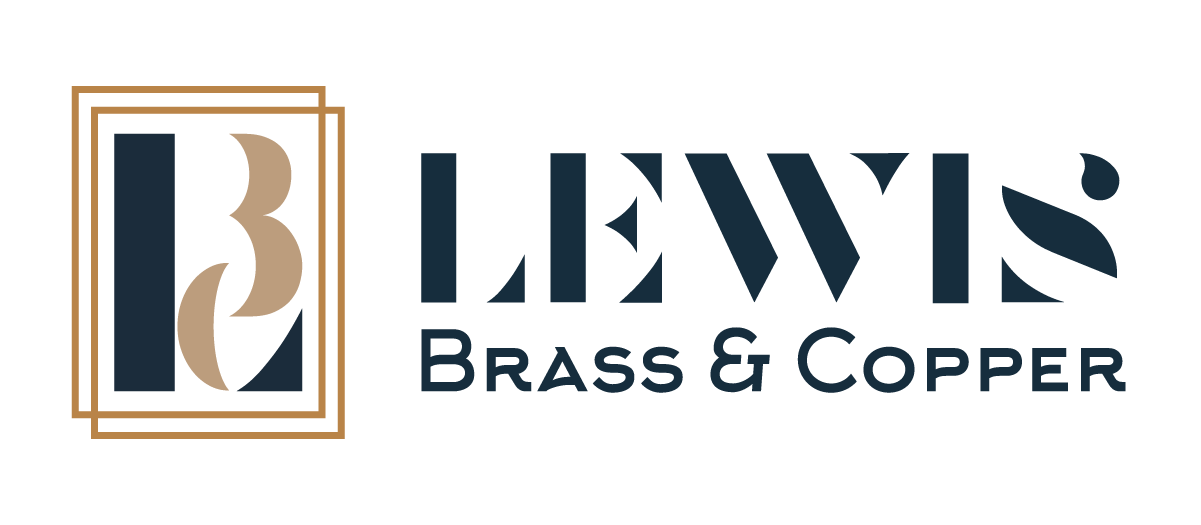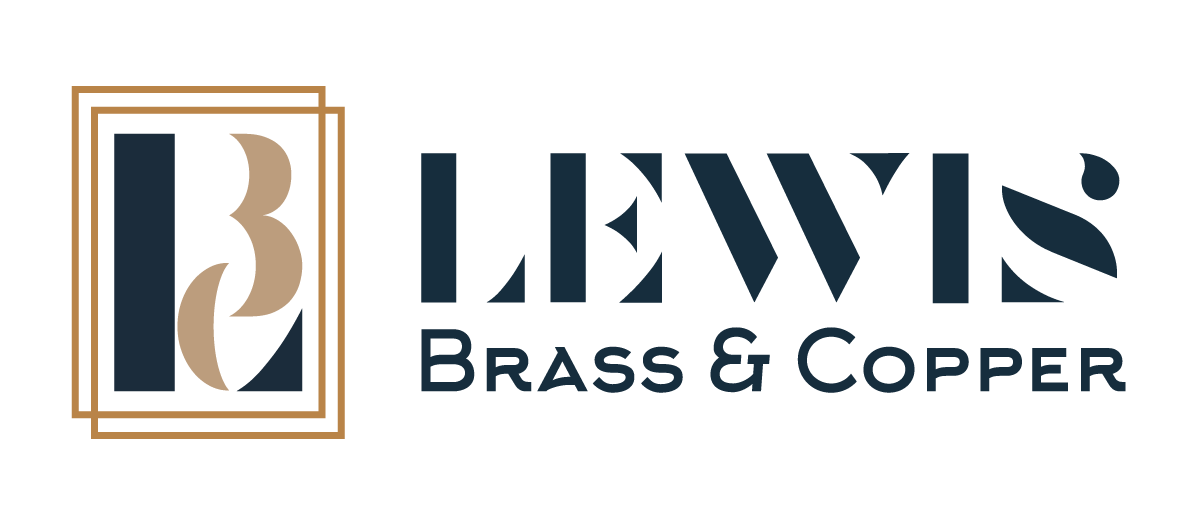What is A230 Brass?
A230 brass is a highly popular brass alloy with a history spanning back thousands of years to 1500 - 1800 CE. Fast-forward to modern times, and it’s now used across various industries, prized for its versatility for manufacturing and decorative purposes.
Below, we’ll explore exactly what A230 brass is, what makes it unique, and its applications across different sectors. We’ll also look at the manufacturing process behind it and provide maintenance tips. If you’re considering using it in your own projects, you should find this guide particularly useful.
What is A230 Brass?
Definition of A230 Brass
A230 brass is a type of brass alloy that is part of the “alpha brass category,” which means it has a high copper content and good corrosion resistance. It’s also strong, flexible, and has good machinability, contributing to its high popularity.
Asides these impressive physical capabilities, it’s also a go-to for many architects who want to add aesthetic appeal to their projects. Its warm color and its corrosion resistance make it ideal.
Composition of A230 Brass
A230 brass typically consists of approximately 70% copper (Cu) and 30% zinc (Zn). This composition gives it its distinctive golden color and contributes to its mechanical properties. Small amounts of other elements, such as lead (Pb) and tin (Sn), may also be mixed in there, usually to enhance the alloy's specific properties.
Properties of A230 Brass
Next, we’ll take a look at the properties of A230 brass. A230 brass exhibits several key properties that make it an appealing choice for both manufacturing and architects alike.
Here’s a breakdown of them below:
- Mechanical Properties: It offers good strength and ductility, making it easy to form into various shapes without sacrificing structural integrity.
- Machinability: The alloy's composition allows for easy cutting, shaping, and machining, which is crucial in manufacturing.
- Corrosion Resistance: A230 brass shows excellent resistance to corrosion, particularly in environments where it may be exposed to moisture or chemicals.
- Aesthetic Appeal: Its warm, golden hue and ability to take on a high polish make it popular in decorative applications.
Applications of A230 Brass
A230 brass is a popular choice, and for good reason. It has a wide range of applications across various industries, some of which we will break down below.
Industrial Uses of A230 Brass
One area where A230 brass is used a lot is in industrial settings, such as the machinery, automotive, and aerospace industries, to name a few. Here are some examples of how people use it within their sector:
- Valve and Pump Components: Its corrosion resistance and durability make it ideal for valves, pumps, and fittings.
- Electrical Components: It is used in electrical connectors and terminals due to its conductivity and formability. Think of consumer electronics and cars — that’s where A230 brass comes in handy.
- Fasteners and Hardware: Brass fasteners made from A230 brass are favored for their strength and appearance.
- Aircraft Fittings: A230 brass is used in non-critical aircraft fittings and structural components. Its lightweight properties, corrosion resistance, and ease of machining meet aerospace industry standards for reliability and performance.
- Military Equipment: Brass alloys, including A230 brass, find application in military equipment such as firearms and ammunition casings, where their durability and corrosion resistance are crucial for maintaining operational readiness in varied environmental conditions.
Decorative Uses of A230 Brass
While A230 brass has plenty of industrial uses, it also has plenty of decorative applications. Many people use this alloy for the following:
- Architectural Trim: It is used for architectural details, door hardware, and window fittings.
- Art and Sculpture: Artists value its malleability and warm color when creating sculptures and art pieces.
- Household Items: A230 brass is commonly used in producing bathroom and kitchen faucets as it has good corrosion resistance. Additionally, many people use A230 brass to craft door handles, knobs and hinges for a unique look.
Automotive Applications of A230 Brass
In the automotive sector, A230 brass is employed in:
- Brake Components: Its heat resistance and strength make it suitable for brake parts, such as valves, pistons, and fittings.
- Radiators and Heat Exchangers: It is used in radiators and heat exchangers as it has good thermal conductivity.
- Decorative Trim: Brass accents in vehicle interiors and exteriors can vastly improve aesthetics.
Manufacturing Process of A230 Brass
When it comes to the manufacturing process of A230 brass, we can break it down into three simple steps. Let’s take a look at these in more detail below.
Extraction of Raw Materials for A230 Brass
First is the extraction process. The primary raw materials for A230 brass — copper and zinc — are extracted through mining or recycling processes. They are then refined to meet specific purity standards before alloying.
Alloying of A230 Brass
The next step after refining is the alloying process. In the alloying process, copper and zinc are mixed in specific amounts to achieve A230 brass composition. Additives such as lead or tin may be introduced at this stage to enhance machinability or other properties.
Casting and Forming Methods for A230 Brass
Once alloyed, A230 brass can be shaped using various techniques:
- Casting: Molten A230 brass is poured into molds to create components of complex shapes.
- Forming: It can be formed through processes like extrusion, forging, or stamping to achieve specific dimensions and mechanical properties.
Advantages and Disadvantages of A230 Brass
Like with most other metals, A230 brass comes with its advantages and disadvantages. Let’s take a look at some of these below so you can get a better understanding.
Advantages of A230 Brass
- Versatility: Suitable for both industrial and decorative applications.
- Corrosion Resistance: Maintains integrity in varied environmental conditions.
- Machinability: Easy to work with using standard machining tools.
- Aesthetic Appeal: Enhances visual appeal in architectural and artistic applications.
Disadvantages of A230 Brass
- Cost: Higher cost compared to basic metal alloys due to copper content.
- Work Hardening: It can become harder during machining, requiring appropriate tooling.
Comparison to Other Brass Alloys
If we compare A230 brass to other brass alloys like C260 (cartridge brass) or C464 (naval brass), A230 brass offers advantages for specific applications. Its composition and properties dictate its suitability for different environments and requirements.
Maintenance and Care of A230 Brass Products
Just as with plenty of other metals, you need to take care of your A230 brass products. This will help you to keep them in good condition for longer. Below, we’ll break down some maintenance and care tips for you.
Cleaning and Polishing Techniques for A230 Brass
- Regular Cleaning: Use a mild detergent and soft cloth to remove dirt and grime.
- Polishing: Apply brass polish sparingly to maintain its luster.
- Avoid Abrasives: Harsh abrasives can scratch the surface and should be avoided.
Protecting A230 Brass from Corrosion
- Clear Coatings: Apply clear lacquer or wax to protect against oxidation.
- Storage: Store brass items in dry, non-humid environments to prevent tarnishing.
Now you know more about the uses, applications, and advantages of A230 brass, it's easy to see why it's such a popular choice. If you're interested in using it in your projects, we can help.
How Lewis Brass can Help
At Lewis Brass, we specialize in providing high-quality A230 brass products tailored to help you meet industrial and decorative needs. Whether you require precision components, architectural accents, or automotive parts, our expertise in brass alloys ensures you get top quality products.
If you have any questions, don't hesitate to contact us, or request a quote for your project.
 1-800-221-5579
1-800-221-5579 info@lewisbrass.com
info@lewisbrass.com
